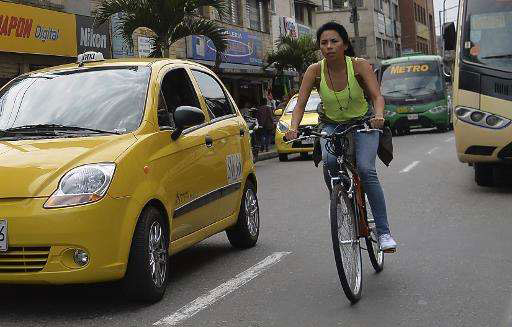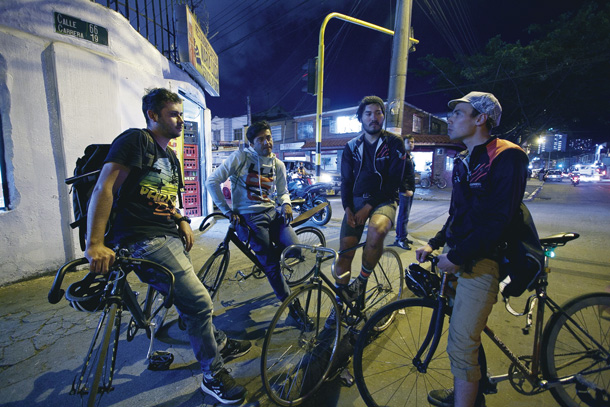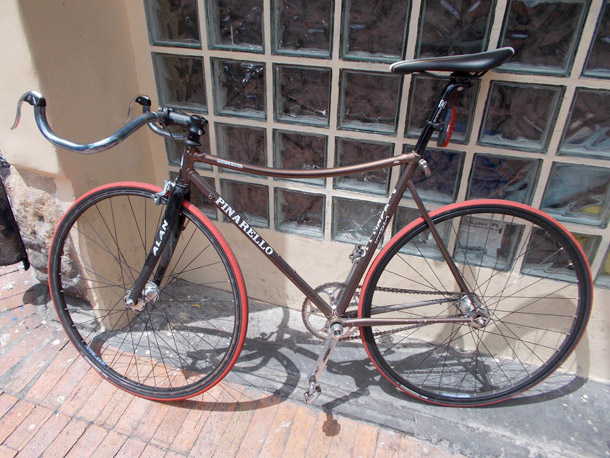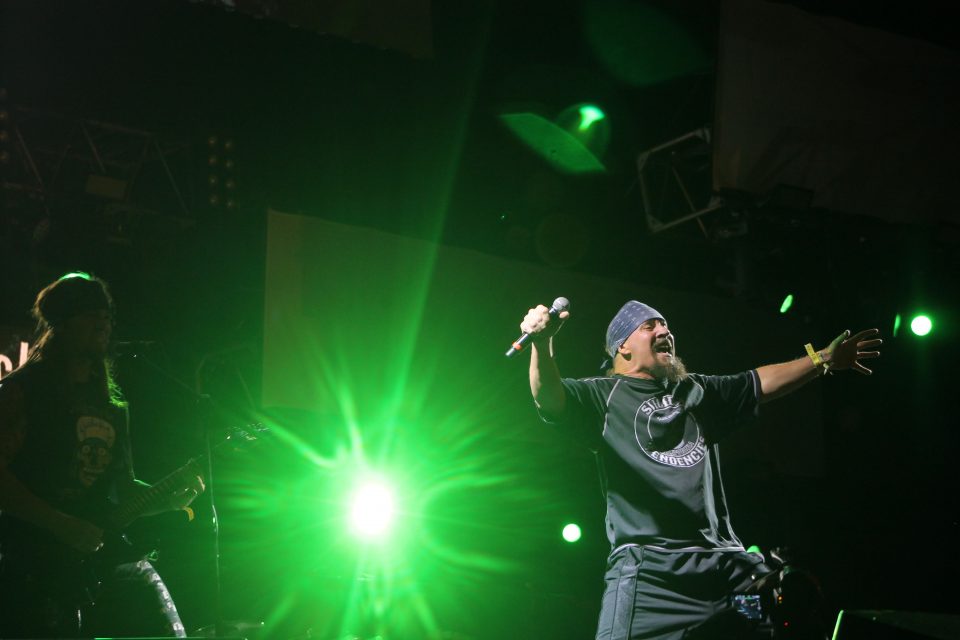
The brave bicycle, finding its way through dangerous streets whenever it dares.
With the recent 90th birthday of natural history legend Sir David Attenborough, Oli Pritchard decided to describe Bogotá traffic in his distinctive style. Imagine his velvety voice, pour yourself a brandy and read on…
Here, high in the Andes, on the Bogotá savannah, sits a city with a remarkable diversity and specialisation of road life. Although Bogotá traffic may seem to be random chaos from the outside, a closer look reveals hidden secrets and some amazing examples of adaptability.
As in so many cities, the dominant lifeform here is the carro particular. Over decades, these supreme adaptors have grown to define their environment, for good or for bad. Now they roam through the streets in a dizzying array of shapes and sizes, from giant SUVs to nimble smart cars.
The carro tinto, or common black-windowed car, is often to be found to the north of the city. Here, they can be seen travelling in packs with little or no regard for anything around them. Aggressive and fast-moving, these are the most dangerous of the Bogotá road-dwellers.
Around the schools and posh shops of the north, one finds a remarkable species – the SUV. These lazy giants are so huge that little threatens them and they can often be seen stopping to chat, oblivious to what’s going on around them.
The most voracious feeders of the Bogotá roads are known locally as busetas. Identified by an array of religious or comic book markers, these vehicles constantly stop to graze upon waiting passengers, no matter if it causes trouble… or not!
Impressive as they may be, these busetas are only at the start of an extraordinary journey. As they grow, they will develop the distinctive stripes that will prepare them for their new life. At first, we see SITP Provisional markings, although these are still young and immature busetas, temperamental in their moods and prone to acting erratically. Only when they enter their garages for a short chrysalis period does this die off, and they emerge in a splendid blue with SITP marks. Now, it is no longer necessary for them to take on passengers, and they live the rest of their days ambling the streets with no greater purpose than simply to explore. It is one of nature’s great mysteries how they sustain themselves.
In amongst these lumbering giants dart smaller, more agile vehicles known as motos. The motos have carved out a niche in Bogotá, zipping into buildings to satisfy their daily need for money. It is a symbiotic relationship, as when they enter the buildings they give food, booze or cigarettes as needed. In this way, whole sectors of buildings are given alimentación by these hard-working motos, and the cycle of Bogotá continues.
The most spectacular example of Bogotá traffic is without doubt the majestic TransMi. Travelling in packs of three or four, these beasts cover dozens of kilometres per day at their glacial pace. Capable of ingesting dozens of passengers at a go, they trundle between their feeding stations from sunup to sundown. Unlike the busetas, these beasts only stop occasionally.
The last lifeform to be found on the streets of Bogotá is the humble bicycle. Seemingly out of place in this environment, some nonetheless survive, eking out an existence on the margins. Some have evolved exoskeletons to carry food and drink, moving into the territory of the motos. Others survive by using cunning masks to filter fumes.
In the end then, we see that, like so many other places on Planet Earth, life has adapted and carries on. Although the conditions here in the great maelstrom of Bogotá can be tough, all these vehicles manage to continue surviving regardless of anything thrown in their way. The future though, is less clear. A proposed Metro may yet kill them, but for now, life continues.





